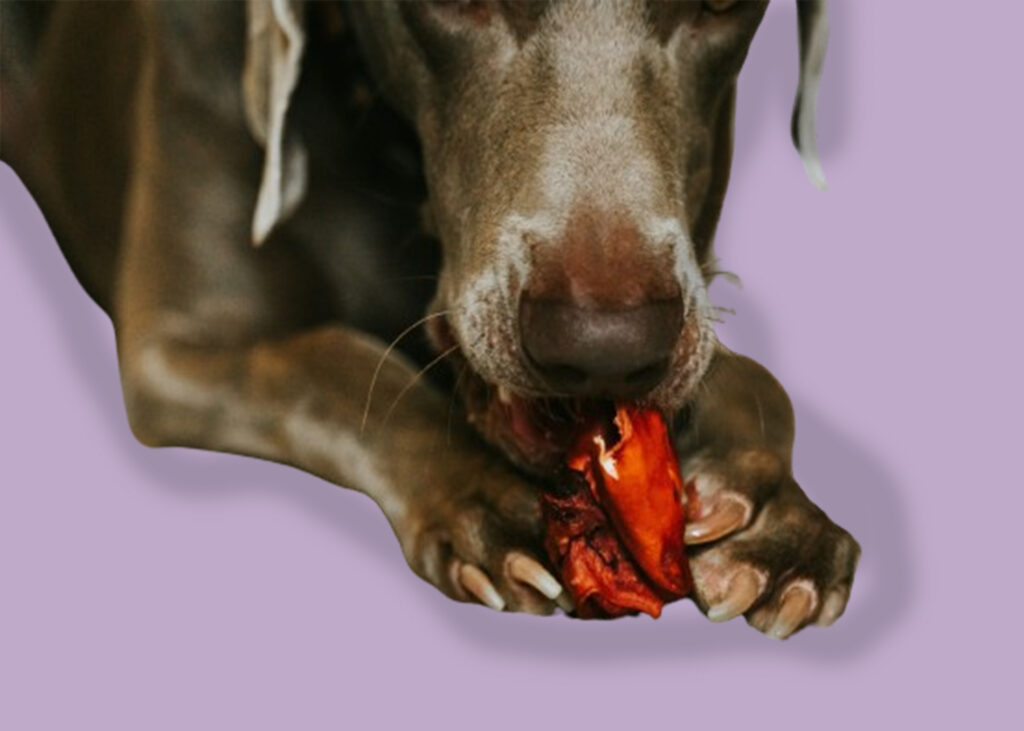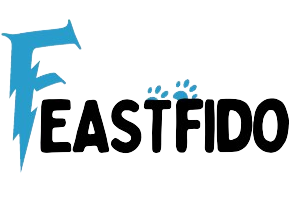Dogs Nutrition Chart : A Guide to Optimal Canine Health
When it comes to ownership one of the most important aspects is providing your beloved furry friend with a well balanced and nourishing diet. A dog nutrition guide is a resource that offers valuable insights into meeting your canine companions dietary needs. Dogs Nutrition Chart article dives into the intricacies of a dog nutrition guide equipping pet owners with essential knowledge to promote their cherished four legged friends optimal health and well being.

Understanding the Basics
A dog nutrition guide typically presents an overview of the nutrients that dogs need to thrive. These nutrients encompass proteins, fats, carbohydrates, vitamins and minerals. Each nutrient plays a role in supporting bodily functions ranging from muscle development to maintaining a strong immune system. It is crucial for pet owners to grasp the significance of these nutrients and how they contribute to their friends health.
1. Proteins:
Proteins serve as the building blocks for a dogs body; they are critical for muscle development, repair and maintenance. Prioritizing high quality protein sources such as meats, eggs and legumes, in your dogs diet is crucial.
The nutrition chart provides guidance to owners regarding the amount of protein that their dogs should consume based on factors such, as size, breed and activity level.
2. Fats:
Including fats in your dogs diet is crucial, for providing energy maintaining a coat and ensuring proper nutrient absorption. Omega 3 and Omega 6 fatty acids, which are commonly found in fish oil and flaxseed contribute to a coat. Support cardiovascular health. The nutrition chart helps determine the fat content that suits your dogs requirements.
3. Carbohydrates:
Even though dogs are mainly carnivorous carbohydrates play a role, as a source of energy. Whole grains and vegetables offer fiber and essential nutrients that contribute to a diet without overshadowing the importance of protein and fat intake.
4. Vitamins and Minerals:
Vitamins and minerals act as catalysts for processes in dogs, including bone health, immune function and vision. The nutrition chart provides information on the recommended allowances of vitamins like A, D and E as well as minerals such as calcium, phosphorus and potassium.
Customizing Your Dogs Diet to Their Unique Needs
Each dog is unique with varying requirements based on factors like age, breed, size and activity level. A comprehensive dog nutrition chart takes these variables into consideration by providing guidelines for life stages starting from puppyhood all the way to their years.
1. Puppy Nutrition:
Puppies need a diet that’s rich in protein and calcium to support their growth and development. The nutrition chart serves as a roadmap for transitioning from food to adult food while ensuring a progression, towards optimal health.
2. Adult Maintenance:
For adult dogs it is crucial to maintain a weight while promoting health. The nutrition chart helps pet owners choose a diet that fulfills their dogs energy requirements while also preventing obesity and its associated health problems.
3. Nutrition for Dogs:
As dogs get older their nutritional needs change. The dog nutrition chart provides guidance on how to adjust their diet to account for changes, in metabolism, joint health and potential age-related conditions
Choosing the Right Food:
The pet food market is filled with options making it quite a challenge for owners to make well informed decisions. A dog nutrition chart serves as a guide assisting owners in navigating through the array of choices and selecting a high-quality balanced dog food that meets their furry friends’ nutritional needs.
Conclusion
To sum up a dog nutrition chart is a tool, for owners who are dedicated to providing top notch care for their dogs. By understanding the basics of canine nutrition and utilizing the guidance provided in a nutrition chart owners can customize their dogs diet to promote health, longevity and joyful companionship. Remember, a fed dog is an thriving member of the family.
FAQ’S (Frequently Asked Questions)
Q1. What are the Nutritional Requirements for a Dog?
Similar to humans dogs require a balanced diet encompassing proteins, fats, carbohydrates, vitamins and minerals. Proteins play a role in muscle development, repairmen and maintenance. Healthy fats provide energy while supporting coat health and facilitating absorption. Carbohydrates serve as an energy source while vitamins and minerals are crucial for processes, like bone health and immune function. The dietary needs of a dog can differ depending on factors such, as their age, size, breed and level of activity.
Q2. What is the Recommended Feeding Chart for Dogs?
A recommended feeding chart for dogs is a guideline that outlines the appropriate amounts of food based on a dog’s weight, age, and activity level. It typically provides a daily breakdown of the required portions of proteins, fats, and carbohydrates. Feeding charts are often found on dog food packaging, and the information is tailored to the specific nutritional needs of the dog food brand. However, a more personalized approach may involve consulting with a veterinarian to create a feeding plan that aligns with the individual requirements of the dog.
Q3. How Do I Calculate My Dog’s Nutritional Needs?
Calculating a dog’s nutritional needs involves considering factors such as weight, age, breed, and activity level. Many dog food brands provide guidelines on their packaging, but these are general recommendations. For a more accurate calculation, consult with a veterinarian. They can assess your dog’s specific needs and tailor a diet plan accordingly. Additionally, online calculators and tools can assist in estimating calorie requirements based on factors like age, weight, and activity level, providing a starting point for creating a personalized feeding plan.



